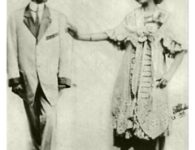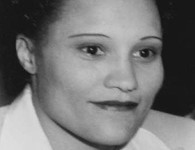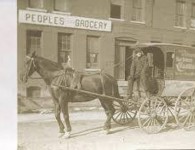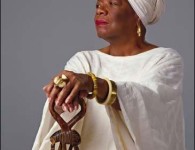Born 1630 in Virginia’s Warwick County, Elizabeth Key-Grinstead a slave who pursued legal action to gain her freedom in 1655. Elizabeth’s early life mainly documented through the lives of her owners the Key family—particularly a lawsuit filed against her father early in her life.
Elizabeth Key was born to a Black slave and a Virginia plantation owner and politician named Thomas Key. Around the time when Elizabeth was five or six, Thomas Key was taken to court for fathering her. There were several cases in Virginia court revolving around planters fathering children with their slaves. The court took it upon themselves to force these planters to support their mixed race children by getting them a trade education.
Thomas Key, seeking to avoid this was adamant that someone else fathered Elizabeth but this was shot down by witness testimony. As a result, Key got Elizabeth baptized and handed her over to another planter named Humphrey Higginson. Later that year, Thomas Key passed away.
The arrangement with Higginson was for Elizabeth to work for him and for him to be her guardian until she came of age at 15. From there she was expected to marry and would be free—or as free as a woman could be in 17th-century colonial society. Basically, she was supposed to be in a state of indentured servitude.
CHANGE IN STATUS
In the years leading into Elizabeth Key’s adulthood, her benefactor opted not to take care of her and handed her over to a Colonel John Mottram in 1640. She would accompany him as he settled what is now known as Northumberland County, Virginia.
In the following decade, the wealthy Mottram paid for several British indentured servants’ travel to the colonies. This was in part because the Crown would give him 50 acres for each person he sponsored. One servant, William Grinstead, was a lawyer of 16 years old who eventually began a relationship with Elizabeth Key.
Her status would be jeopardy five years later following the death of Mottram. The executors of his estate signed Elizabeth and her son John as Negroes. This is where colonial law becomes a little too flexible. Since she was legally classified as a “Negro” she was on eligible for the selling block. Also up was her and William’s son.
In part two we’ll find out how Elizabeth Key-Grinstead’s case changed law in the British colonies and beyond.
SOURCE
-https://www.geni.com/people/Elizabeth-Grinstead/386047982110003981
-http://www.womenhistoryblog.com/2008/01/elizabeth-key.html





















No comments